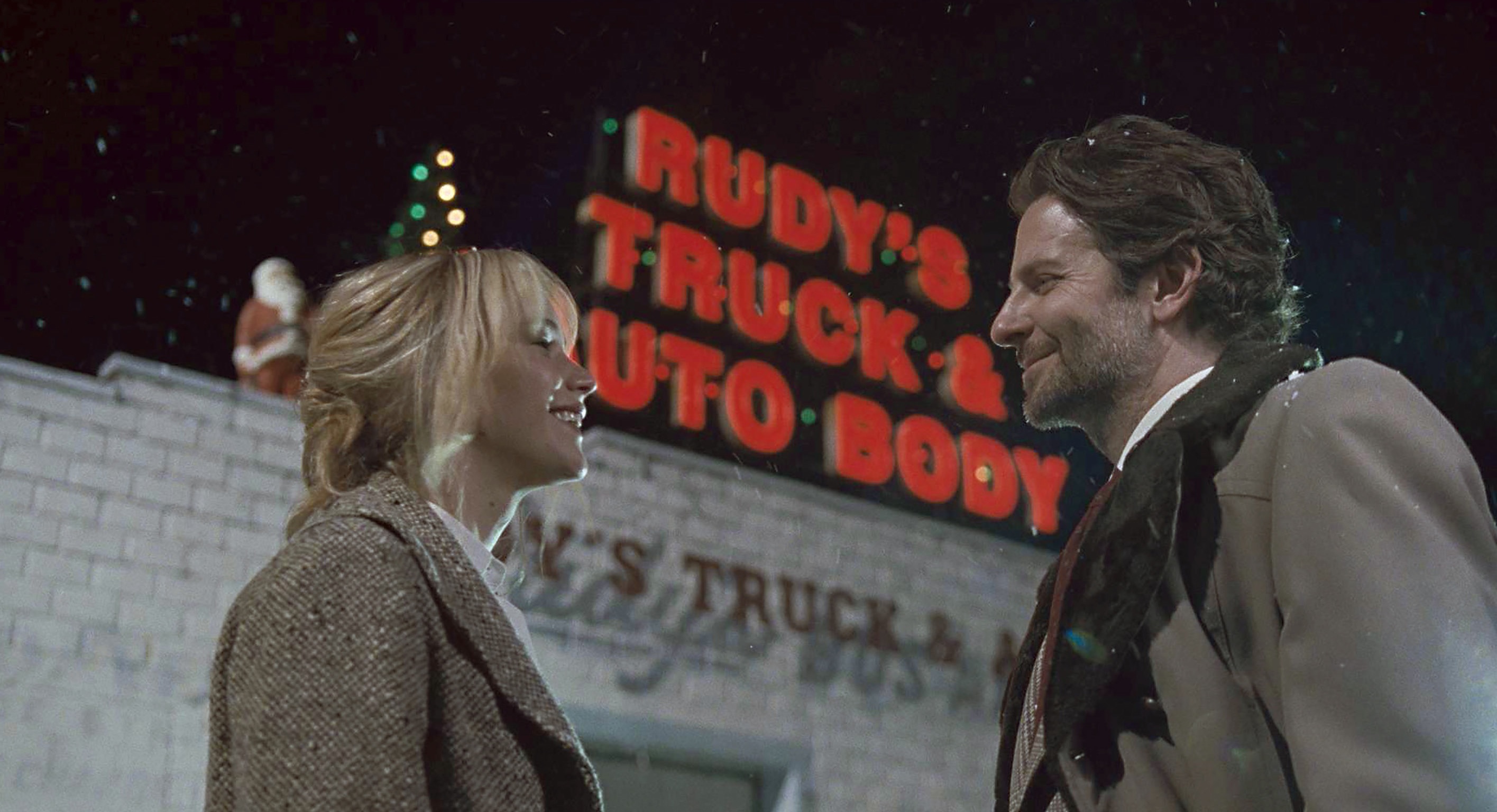Must the great man also be a nice guy? The movies give us conflicted signals these days, from The Imitation Game (pro-crank) to Selma (dignity slathered on dignity). English painter J.M.W. Turner (1775–1851) was unquestionably a genius, and recognized as such in his day, but Mike Leigh’s comprehensive biopic tempers our admiration for the man. Covering the last 25 years of his life, with very few guideposts along the way, Mr. Turner is all about process. (So too is Leigh’s filmmaking method.) We see paint being mixed, canvases being stretched, rival artists sparring at a group show, patrons being flattered, and the mechanisms of the sale. Turner (Timothy Spall), when we meet him, is famous, prosperous, and possessed of a nice London home, where buyers are carefully ushered into his salesroom. He spies on clients through a pinhole while his cagey old father (Paul Jesson) reveals the color swirls of landscapes and marine paintings that are just beginning to edge toward abstraction. Turner is an artist, but also an entrepreneur. Besides William Sr., his business is run by the devoted maid Hannah (Dorothy Atkinson), who’s plainly, painfully in love with her indifferent master. (He is by turns tender and terrible to the women who surround him.)
“Remember me, but forget my fate,” sings Turner, somewhere near the right key, when he encounters a harpsichord player at the estate of a potential buyer. That he knows Purcell’s Dido and Aeneas shouldn’t be entirely surprising: This self-made man, son of a barber, is constantly quoting the Greeks and citing Continental paintings that few of his countrymen have ever laid eyes on. Yet though well-traveled and cultured, he plays up his uncouthness for his clients (some noblemen, some tycoons in a newly industrialized England). He’s a bit of a showman when others watch him paint, hamming up his gestures at the easel and spitting on the canvas to blur the colors and shapes. Is that a ship, a rock, or a wave? Turner and his art are mutable. He travels under an assumed name to the coastal village of Margate, where he eventually takes a new lover, Sophia (Marion Bailey), to replace poor Hannah.
As Turner ages and grows out of fashion (young Queen Victoria scoffs at the “dirty yellowness” of one painting), Leigh and his Oscar-nominated cinematographer Dick Pope periodically pull us out of the artist’s quotidian. In widescreen (not Turner’s own ratio), the movie pauses for us to see 19th-century views as he did: lambent light on a Flemish canal, the sun filtered through sea mist near the shore, locomotive steam bursting into a halo above the green countryside, and—this shot made me gasp—a digital recreation of 1839’s The Fighting Temeraire, a famous battleship being towed up the Thames to be rendered as scrap. Unlike his peers, Turner observes the scene without pity: There goes history, about to be transformed into salable art.
Thanks to Spall’s marvelous, gruntingly animalistic performance, Pope’s eye, and Leigh’s deep methodology, Mr. Turner gives us an immersion if not an understanding of the gnomic artist. (At one point he calls himself “a gargoyle.”) There’s no plot, no real structure beyond the alternating domestic scene/beauty shot pattern, and the would-be analysis of the lisping young critic John Ruskin (Joshua McGuire) is mostly played for laughs. Turner is a selfish yet sensitive man, uncompromising in his art and personal life, resistant to interpretation. I won’t speculate how much Leigh might identify with him, but the respect is total. The filmmaker frames him in a portrait, leaving us to grope for psychological shapes and colors.
bmiller@seattleweekly.com
MR. TURNER Opens Fri., Jan 23 at Sundance and Lincoln Square. Rated R. 149 minutes.








